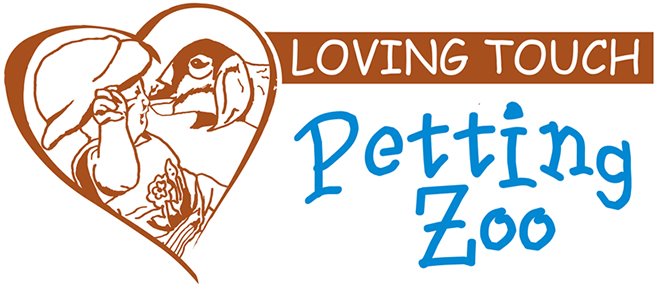
-->
“Shaggy”
Alpaca
The Alpaca (Vicugna pacos) is from South Africa (show map) They, like most animals, started out wild. It has a coat like a sheep only it’s not wool, it’s called fibers and it can be in many different colors. It has a long neck and two fingernails on each foot with a nice soft pad for a palm. Alpacas are often mistaken for a llama, but alpaccas are much smaller and not used for the same purpose. The Llama has wool like a sheep. Alpaca fibers are very valued And can be woven or knitted into: blankets, sweaters, hats, gloves, scarves, a wide variety of textile. The fiber can come in as many as 52 natural colors. Another way Alpacas and llamas differ is that llamas have banana shaped ears and long tails and alpacas have straight ears and stubby tails.
Sheep
The domestic sheep (Ovis aries), the most common sheep comes from the wilds of South Asia. female sheep are called ewes, and males are rams, and baby sheep are called lambs. People who raise a bunch of sheep are called shepherds and the sheep are called, as a group, a flock. Sheep are raised mostly for their wool, but can be raised for food too.
 Duck is In the family of Birds. Ducks mostly love water and are great swimmers and floaters. They are much smaller than their relatives the Swans and the Geese, and may be found in ponds, lakes, rivers and oceans. Ducks have a flat Beak or Bill. They eat grass, plants, fish, insects, and worms too. Inside their beak are tiny rows of plates to filter out the water and keep food inside.
Duck is In the family of Birds. Ducks mostly love water and are great swimmers and floaters. They are much smaller than their relatives the Swans and the Geese, and may be found in ponds, lakes, rivers and oceans. Ducks have a flat Beak or Bill. They eat grass, plants, fish, insects, and worms too. Inside their beak are tiny rows of plates to filter out the water and keep food inside.
Wilbur
Pig
Pot-bellied pigs are different from farm pigs mostly in their size. They also have upright ears and a straight tail. Daddy pigs are called boars and mama pigs are Sows. A baby pig is a piglet or a boy is a barrow and a girl a gilt.
Pot-bellied pigs are different from farm pigs mostly in their size. They also have upright ears and a straight tail. Daddy pigs are called boars and mama pigs are Sows. A baby pig is a piglet or a boy is a barrow and a girl a gilt.
 Princess Pinkeye
Princess Pinkeye
Rabbit Bunny’s are small animals with long ears; some floppy and some upright. They have short soft fur and a cotton ball tail. They are also called rabbits or a hare. Some places used rabbit fur to make coats and hats or other accessories. Bunny’s hop with their strong back legs that push them off and up.
Rooster
A rooster is a male chicken, (Gallus gallus) the female being a hen. The rooster guards the general area where his hens are nesting, and will attack other roosters who enter his territory. During the daytime, he often sits on a high perch, usually 4-5 feet off the ground, to serve as a lookout for his flock. He will sound a distinctive alarm call if predators are nearby. What do you think that might sound like?


